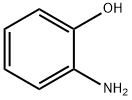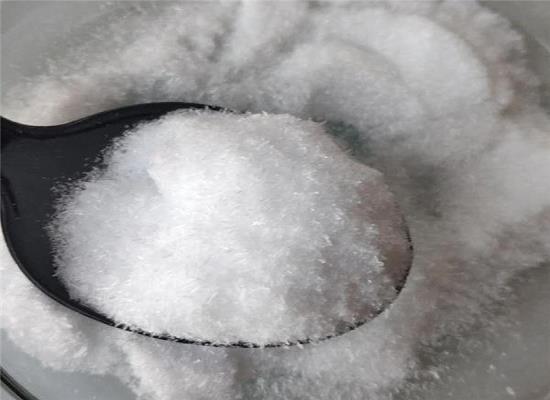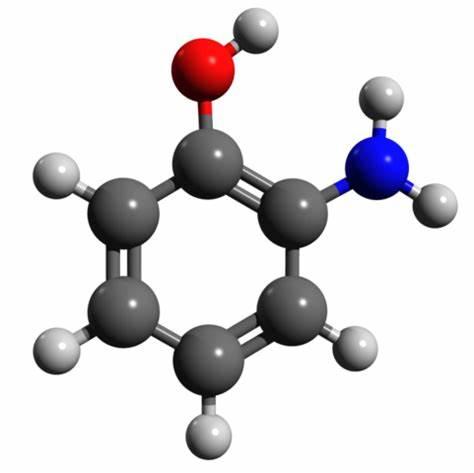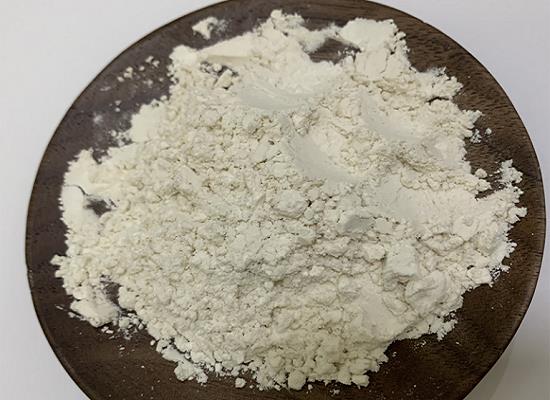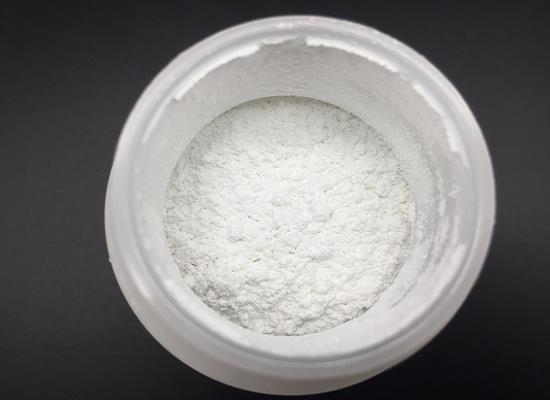2-Aminophenol: properties, applications and safety
General Description
2-Aminophenol is a versatile compound with important applications in organic chemistry. It has physical properties such as colorless needles or white crystals, a melting point of 172 °C, and a boiling point of 164 °C. It is slightly soluble in water and insoluble in benzene but soluble in ethanol. The compound is used in the synthesis of heterocyclic compounds and dyes. It serves as a precursor for quinoline, benzoxazole, and benzimidazole synthesis, which are utilized in pharmaceuticals, agrochemicals, and functional materials. It also plays a role in forming azo dyes and reactive dyes, used in the textile industry for their vivid colors and durability. Safety precautions should be taken due to its potential hazards, including proper ventilation, protective equipment, and storage away from air and light.

Figure 1. 2-Aminophenol
Properties
2-Aminophenol is a chemical compound with various physical and chemical properties. It appears as colorless needles or white crystalline substance that turns tan to brown when exposed to air. The compound has a melting point of 172 °C and a boiling point of 164 °C. It has a density of 1.328 and a refractive index of 1.5444. 2-Aminophenol is slightly soluble in water, with a solubility of 17 g/L at 20 °C. It has a pH range of 6.5-7.5 when dissolved in water. The compound is insoluble in benzene but soluble in ethanol. It is stable under normal conditions but may be sensitive to air and light. Reactivity-wise, 2-aminophenol can react with oxidizing agents and may form explosive products when combined with THF (tetrahydrofuran). Therefore, it is important to protect it from exposure to air and light. The compound is incompatible with strong oxidizing agents. In summary, 2-Aminophenol exhibits various physical properties such as its solid form, color, melting and boiling points, solubility, and reactivity with different substances. 1
Applications
2-Aminophenol finds wide applications in the synthesis of heterocyclic compounds and dyes due to its versatile chemical properties. Its ability to undergo various chemical reactions makes it a valuable building block for the creation of complex organic compounds. In the field of heterocyclic compound synthesis, 2-aminophenol serves as a precursor for the formation of important heterocycles such as quinoline, benzoxazole, and benzimidazole. These heterocyclic compounds exhibit diverse biological activities and are utilized in the development of pharmaceuticals, agrochemicals, and functional materials. Additionally, 2-aminophenol plays a crucial role in the synthesis of dyes. By reacting with diazonium salts, it can form azo dyes, which are widely used in the textile industry for their vivid colors and excellent colorfastness. Furthermore, 2-aminophenol derivatives can be employed in the production of reactive dyes, which can covalently bond to fabric fibers, resulting in long-lasting and vibrant coloring effects. The application of 2-aminophenol in the synthesis of heterocyclic compounds and dyes showcases its significance in the field of organic chemistry. Its versatility and reactivity make it an indispensable component for the creation of diverse compounds, enabling advancements in the pharmaceutical, agricultural, and textile industries. 2
Safety
Safety is an important consideration when handling 2-Aminophenol due to its potential hazards. It is essential to take proper precautions to ensure safe usage and storage of this compound. 2-Aminophenol should be handled in a well-ventilated area or under fume hood to prevent inhalation of its vapors. Personal protective equipment such as gloves, safety goggles, and lab coats should be worn to protect against direct contact with the skin or eyes. In case of accidental skin or eye contact, the affected area should be immediately washed with plenty of water. The compound is sensitive to air and light, so it should be stored in a tightly sealed container and protected from exposure to these factors. It is also advisable to store it away from strong oxidizing agents to prevent potential reactions. Proper waste disposal methods should be followed to ensure environmental safety. Any unused or waste material should be disposed of according to local regulations and guidelines. It is imperative to consult the Material Safety Data Sheet (MSDS) for specific safety information and instructions related to the handling, storage, and disposal of 2-Aminophenol. Adhering to these safety measures will help minimize the risks associated with this compound and ensure a safe working environment. 3
Reference
1. PubChem.Compound Summary: 2-Aminophenol. National Library of Medicine, 2005, CID:5801.
2. Soni S, Sahiba N, Teli S, Teli P, Agarwal LK, Agarwal S. Advances in the synthetic strategies of benzoxazoles using 2-aminophenol as a precursor: an up-to-date review. RSC Adv. 2023 Aug 11;13(34):24093-24111.
3. Chemical Safety Data Sheet MSDS / SDS: 2-Aminophenol. Chemical book, 2023.
Related articles And Qustion
See also
Lastest Price from 2-Aminophenol manufacturers

US $10.00/KG2025-04-21
- CAS:
- 95-55-6
- Min. Order:
- 1KG
- Purity:
- 99%
- Supply Ability:
- 10 mt
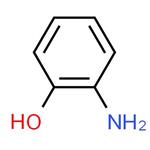
US $56.00/kg2025-02-08
- CAS:
- 95-55-6
- Min. Order:
- 1kg
- Purity:
- 0.98
- Supply Ability:
- 100kg
